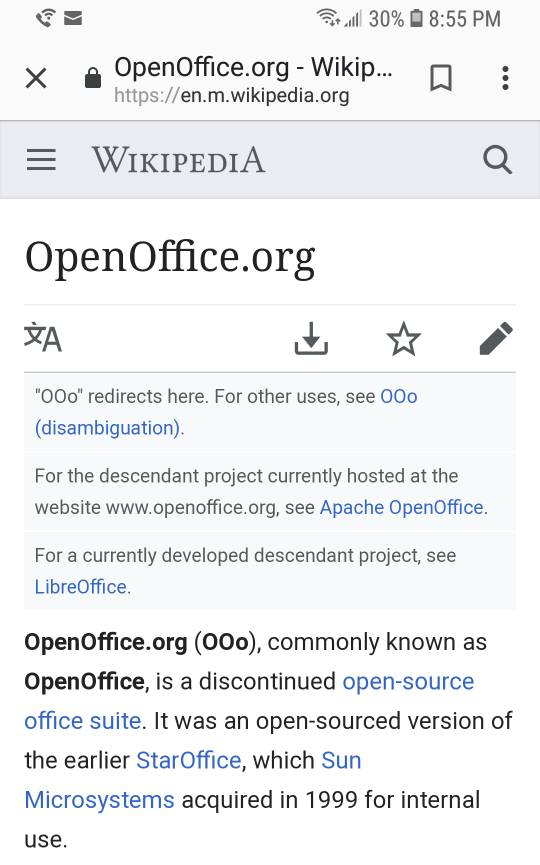demetman
Well-Known Member
Hello guys and gals. I'm looking for some help with controlling mash ph in recipes using large percentages of roasted and crystal malts. I always struggle to predict and treat RO water to achieve an optimal mash ph when brewing porters and stouts. I am using Brun water 4.2. For example, today I brewed a stout. I added my grains accurately into Brun water grain input. I preceded to build my water profile to my preference in the water adjustment section. The mash ph was predicted at 4.87, so I adjusted with an addition of calcium hydroxide(pickling lime) with a prediction of 5.44. I measured ph at 35 min with a reading of 5.23 at 65F. I added .5g lime then measured again at 20 min with a reading of 5.33 at 71F. Another .5g addition got me to 5.52 at end of mash.
It seems counterintuitive to add So4, CaCl2 and calcium hydroxide to the mash to attempt to achieve a desired mash ph. I appreciate any recommendations to simplify this process for more accurate results.
It seems counterintuitive to add So4, CaCl2 and calcium hydroxide to the mash to attempt to achieve a desired mash ph. I appreciate any recommendations to simplify this process for more accurate results.
















![Craft A Brew - Safale BE-256 Yeast - Fermentis - Belgian Ale Dry Yeast - For Belgian & Strong Ales - Ingredients for Home Brewing - Beer Making Supplies - [3 Pack]](https://m.media-amazon.com/images/I/51bcKEwQmWL._SL500_.jpg)
























